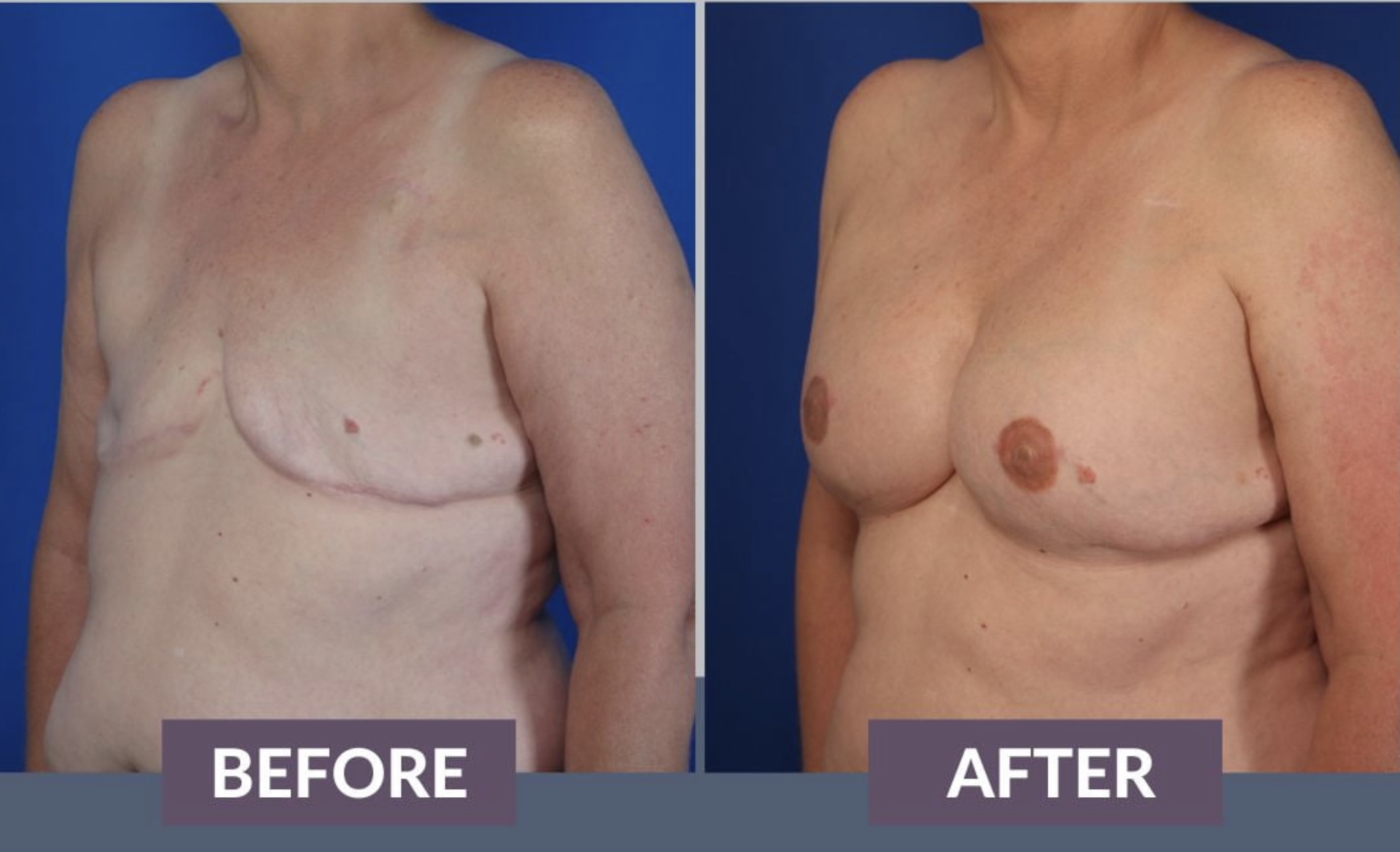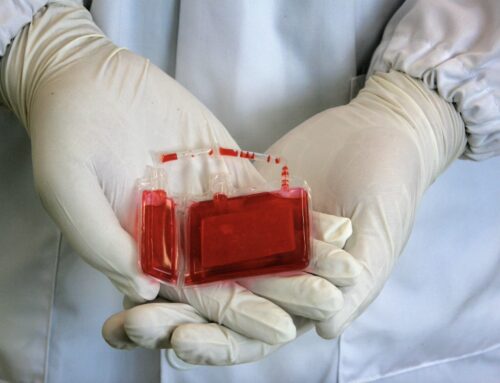Breast Reconstruction
How does breast reconstruction surgery work?
Breast reconstruction surgery aims to recreate a natural-looking breast mound and restore breast symmetry after a mastectomy (breast removal) due to cancer or other conditions. There are several techniques used, including:
- Implant-based reconstruction:
- This involves inserting an implant (silicone or saline-filled) to create the breast shape and volume.
- It may be done in one stage or two stages using a tissue expander first to stretch the skin.
- The implant is placed under the pectoral muscle or behind the breast tissue.
- Flap reconstruction using autologous tissue:
- The patient’s own tissue from another part of the body is used to reconstruct the breast mound.
- Common flap techniques include TRAM (using abdominal tissue), latissimus dorsi (back muscle), or free flaps (from other areas).
- This creates a soft, natural breast with a surface that moves more like the original breast.
- Combination techniques (implant plus flap):
- Tissue from the patient is used to recreate the breast mound, and an implant is inserted to achieve the desired size/projection.
The type of reconstruction depends on body type, cancer treatment plan, and patient preference. It can be done at the same time as the mastectomy (immediate) or months/years later (delayed).
Additional procedures like fat grafting, nipple reconstruction, and areola tattooing may be done to create a more natural and symmetric appearance.
The goal is to match the reconstructed breast’s size, shape, and position to the opposite natural breast as closely as possible through surgical techniques and shaping.
Recovery involves managing swelling/bruising and restrictions on arm movements for several weeks as healing occurs. Multiple stages over months may be needed for the full result.
What are the benefits of breast reconstruction surgery?
Breast reconstruction surgery offers several potential benefits for women who have undergone a mastectomy (breast removal) due to cancer or other conditions. Some of the key benefits include:
- Improved self-image and confidence
Having the breast mound rebuilt can help restore a more natural feminine appearance and body image, boosting self-confidence. - Ability to wear form-fitting clothing
Reconstructed breasts allow women to wear bras, swimsuits, and tight-fitting tops without the need for external prostheses. - Natural look and feel
Advanced reconstructive techniques using implants or the patient’s own tissue aim to create breasts that look and move more like natural breasts. - Breast symmetry
Reconstruction strives to match the size, shape, and positioning of the remaining natural breast for improved symmetry. - Potential for nipple reconstruction
Techniques like skin grafts or tattoos can recreate the appearance of the nipple-areola complex for a complete breast reconstruction. - Single-stage procedure (immediate reconstruction)
Combining mastectomy and the first reconstruction stage reduces the number of separate surgeries required. - Psychological benefits
Many women feel more whole, feminine, and experience closure after breast reconstruction, improving quality of life. - Eliminates need for external prosthesis
Reconstructed breasts can eliminate the discomfort and hassles of wearing external breast forms or prostheses.
While not necessary for all women, breast reconstruction can help minimize the emotional and aesthetic impact of mastectomy for those who desire it. It aims to recreate natural breast appearance and symmetry as closely as possible.
What are the risks of breast reconstruction surgery?
Breast reconstruction surgery, like any surgical procedure, carries certain risks. These can include:
- Infection: Any surgery carries a risk of infection at the incision site or in the implant area.
- Bleeding: There is a risk of excessive bleeding during or after the surgery.
- Capsular contracture: This is a complication where scar tissue forms around the implant and can become tight, causing discomfort or changes in breast shape.
- Implant rupture or leakage: If saline or silicone implants rupture or leak, they may need to be replaced or removed.
- Changes in breast or nipple sensation: Some women may experience temporary or permanent changes in breast or nipple sensation after surgery.
- Issues with anesthesia: Anesthesia carries risks, including allergic reactions and complications related to being under anesthesia.
- Delayed wound healing: Some women may experience slow or impaired healing of the surgical incisions.
- Blood clots: There is a small risk of developing blood clots, especially in the legs (deep vein thrombosis), which can be dangerous if they travel to the lungs (pulmonary embolism).
- Unsatisfactory cosmetic results: Despite the best efforts of the surgeon, some women may be dissatisfied with the cosmetic outcome of the reconstruction.
It’s important to discuss these risks with your surgeon before deciding to undergo breast reconstruction surgery. Your surgeon can provide more specific information based on your individual health status and the type of reconstruction planned.




